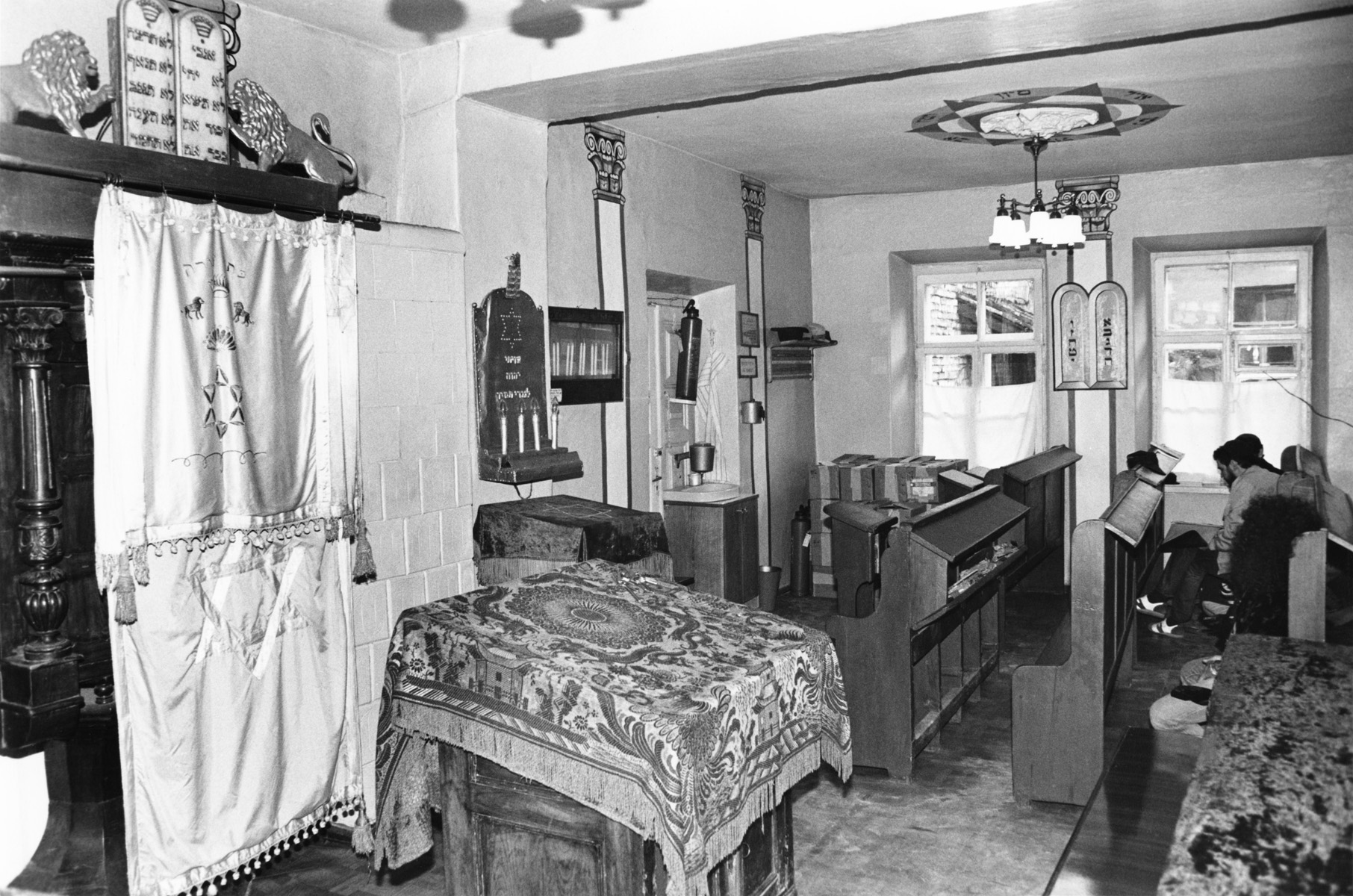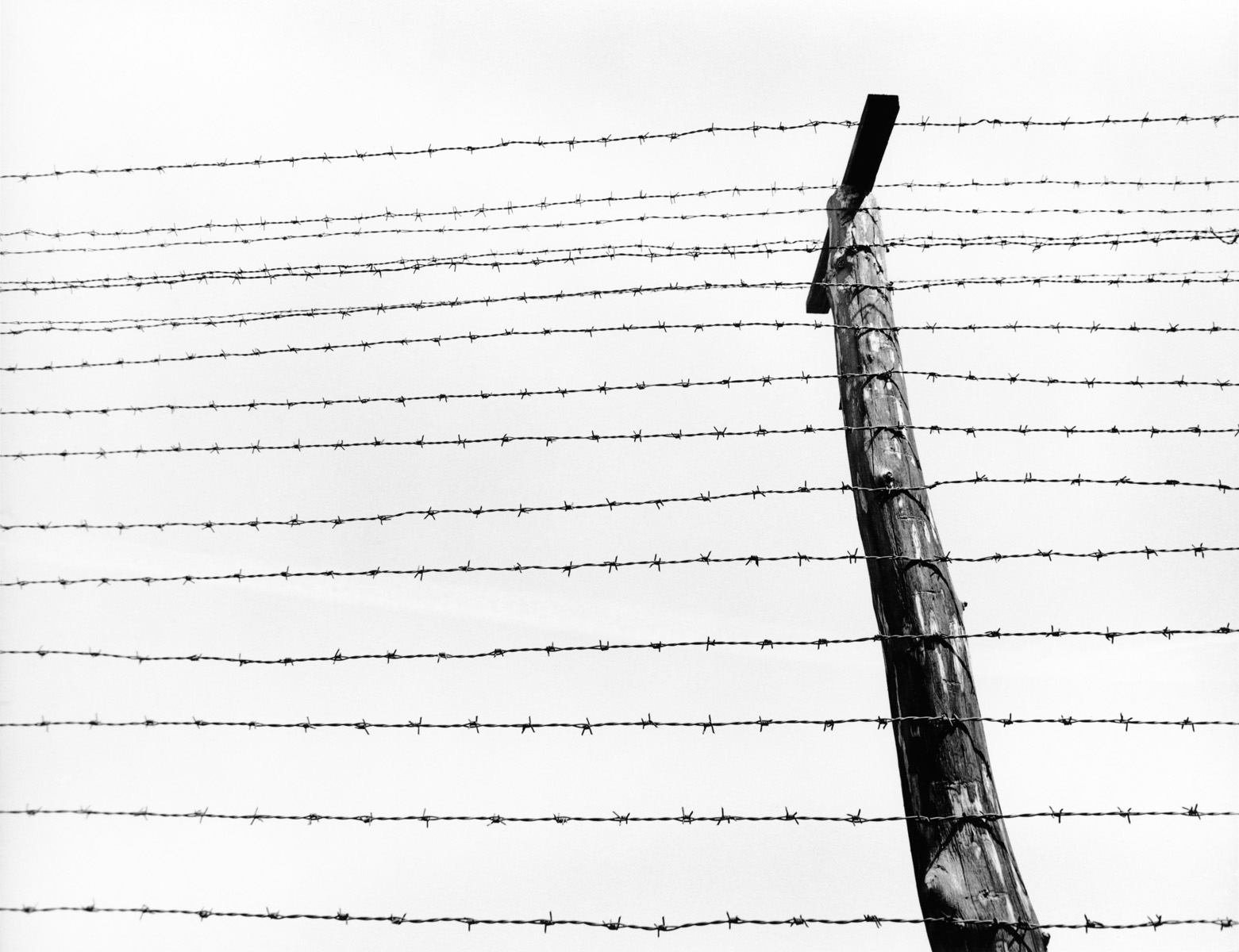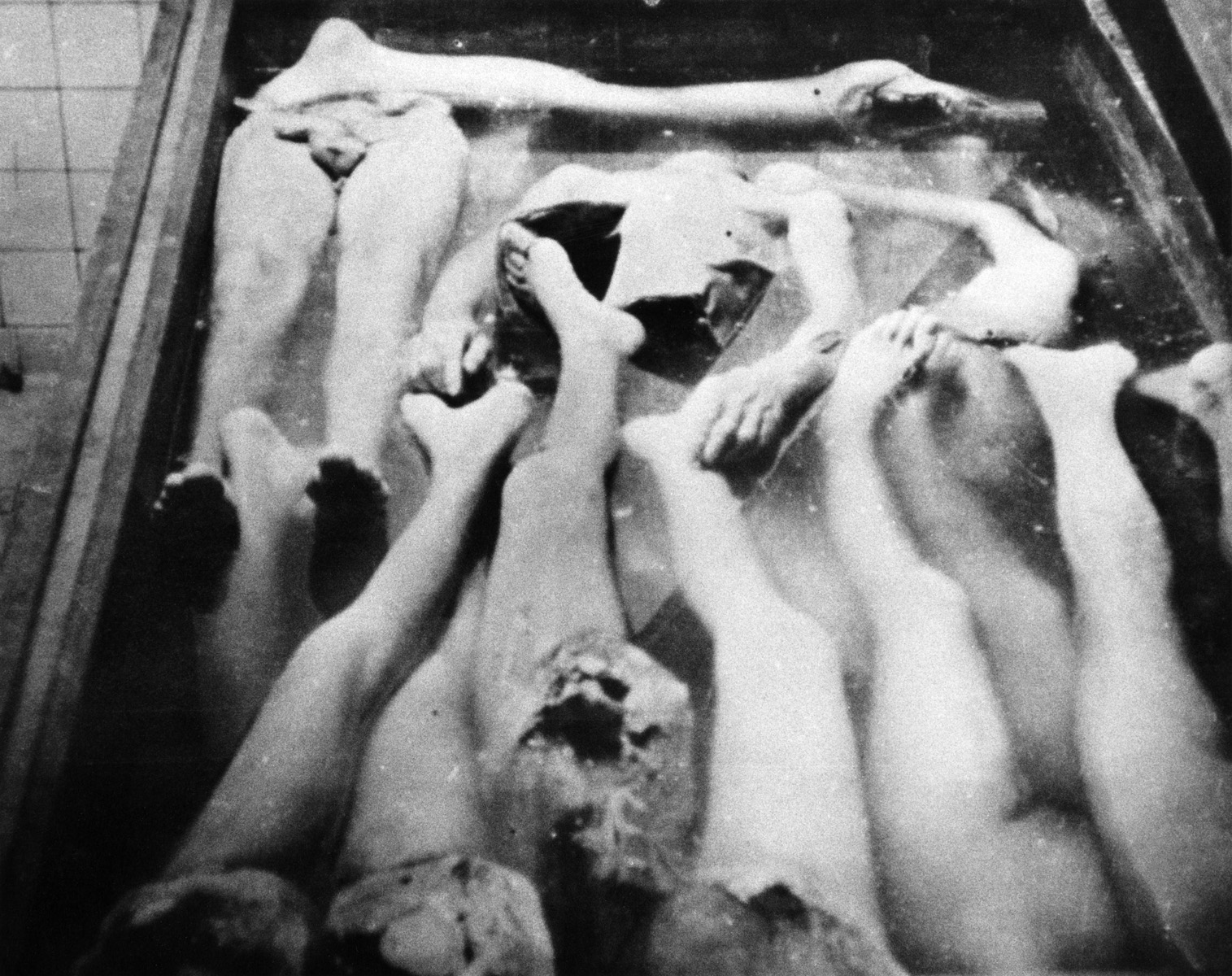The Holocaust Series
Art has a long history of bearing witness to and/or documenting the human condition. With the advent of photography, photographs serve as evidentiary witness and historical record of global events. Now, with the wide dissemination of the digital camera phone; miniature digital cameras; news media use of satellite phones; fax and the internet; images are “instantaneously” available and beamed around the world.
In 1985, my wife, artist Judy Chicago, and I embarked on an eight year exploration into the subject of the Holocaust. Our journey took us to many Holocaust museums and archives around the world. We spent 2 ½ months traveling through the “landscape of the Holocaust”, visiting concentration camps, massacre sites, death camps, abandoned Jewish ghettos and cemeteries, as well as archives and museums. Both Judy and I came from non-religious families and had very little exposure to the Holocaust. My most vivid memories were from TV programs aired during the late 1950’s that chronicled the events of WWII, and especially the very striking photographs Margaret Bourke-White took in the liberated camps, which I became familiar with in my exploration into the history of photography.
Our journey culminated in a large traveling exhibition, the Holocaust Project: From Darkness Into Light, which explores the subject mater of the Holocaust in depth and asks many questions. These seventeen photographs are a series of images selected from the hundreds of photographs I made during our travels and exploration, which constitutes a narrative of the destruction of Eastern European Jewish life. Included are several historic images which were chosen because they were images that kept showing up at various archives we visited. I wanted to tie my series of images to the historic record of an unimaginable tragedy – or was it? Sadly, echoes of the genocidal policies of the Holocaust are still with us today. It is very important to remember, recognize and support the long history of artists who have brought these types of images to the public, thereby demonstrating that such events are not an aberration of a single culture, people or time.
















